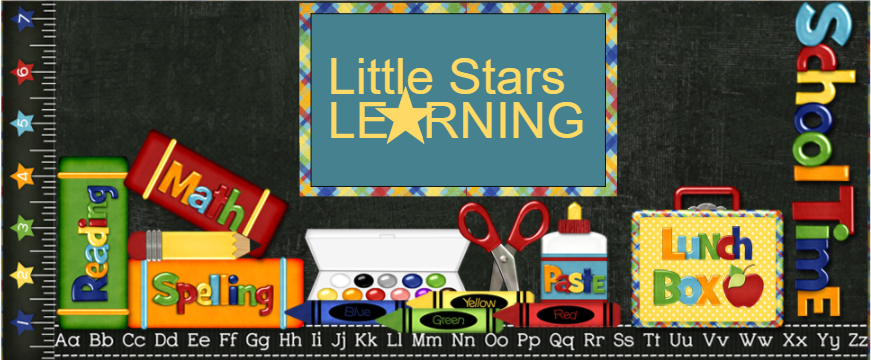This is another one of those seemingly simple activities that I end up finding complex skills emerging during the process. This is definitely PROCESS art, although the product is pretty wonderful.
I LOVE this paper.
- First, because it is FREE. In this economy, whether you are a teacher or parent, FREE is ALWAYS good. I'm constantly surprised by the things people throw out for which we find some amazing uses. Look around you, and hit up everyone you know for anything they think you could possibly use. You can always pitch it if you can't use it. These are a shipping topper to Doug's game tickets, so he collects many each week.
- Second, they are a heavy card stock with one side slick and the other side matte, giving us many options and holding up well to any project.
- Third, they are a great size, 8 X 16 inches. The children can easily reach to the top of the paper and to the supplies in the center of the table without standing up or leaning so far forward they drag their paint shirts or body parts into their projects.
- Fourth, they are still wide enough that the children can get a good-sized project accomplished but not so large that they don't easily fit as many as we need upon the table or become unmanageable for the children to carry about.
HOW TO
The first step was using a piece of yarn about 3 inches long, clipped into a clothes pin, as a painting tool.
Their inclination was to open the clothespin, which dropped the yarn, which left them with the dilemma of getting paint on their hands to place it back into the clothes pin or to just attempt to grab the yarn with the clothes pin. All got it back on through independent decision making, experimentation, and observation of their cohorts.
It also took some logic/reasoning skills for them to figure out that to load their yarn with paint, just dragging the it through the didn't get the job done. Using the tip of the clothes pin to smoosh the yarn all around in the paint and get it good and sopping, was MUCH better.
They started out dragging the yarn back and forth on their papers, and eventually started doing circles, curves, up and down, zig zags, and transferring the smooshing technique to color in areas.
The next day, we added our 3 dimensional component, yarn pieces, to the dried art work.
Working those scissor skills, the children began by cutting some pieces, dragging them through our glue sponge, and placing them on their art work randomly.
Soon into it, though, they decided the glue sponge was too icky and not getting enough glue on for them, and they wanted the bottles. With the bottles, they decided that putting the glue down FIRST, then placing the pieces or cutting the yarn TO LENGTH, was a better choice.
Even the youngest did a great job in assessing the length of the glue and cutting pieces appropriate in size. Excellent spatial and observation skill work.
They became more precise and intentional in their placement. This led to some more interesting textures and formations.
 |
| Miss H - "A Playground and Lips" |
The finished pieces are pretty awesome!
I love the movement and texture.
Tags: art, craft, yarn, preschool, pre-k, kindergarten, Pollack, paint, glue, scissor, fine motor, color, rainbow, homeschool, child, children, children's, cut & paste,





















I absolutely love this idea - thank you! Question - I will 4 kids of ages 19M-4.5 yrs. If any one of them use their hands to move the yarn around, as opposed to the clothespins, should I intervene and encourage them to use the clothespins, or just let them be? I am never sure when it's appropriate to "correct" them, or just let it be & introduce the skill/technique again at another time, to see what they will do again.
ReplyDeleteGood question! This is process art, not product, which means it is free reign for the children, with only basic instructions given. Just let them be. It's fine motor no matter what, which is the goal. However, the older ones will usually use the clothes pin and the younger ones will observe and follow if they can. Developmentally, they may not be able to grasp the clothespin well enough to feel comfortable, which is why I don't force it upon them.
DeleteThis comment has been removed by the author.
DeleteThis comment has been removed by the author.
ReplyDelete